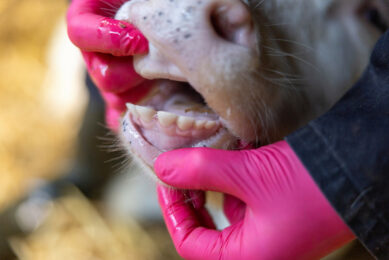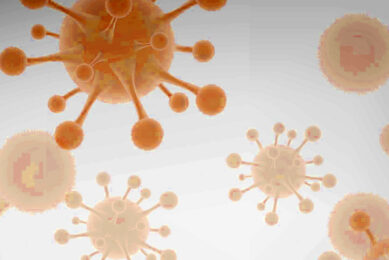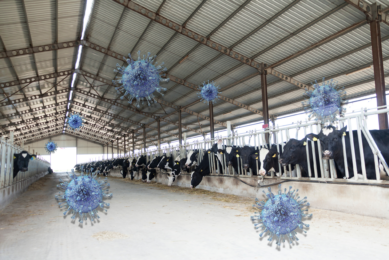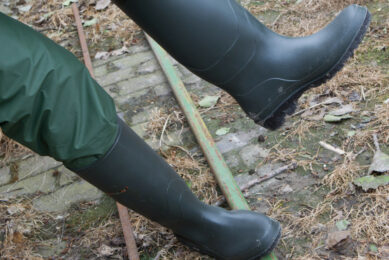Reducing zoonotic disease transmission in dairy farms
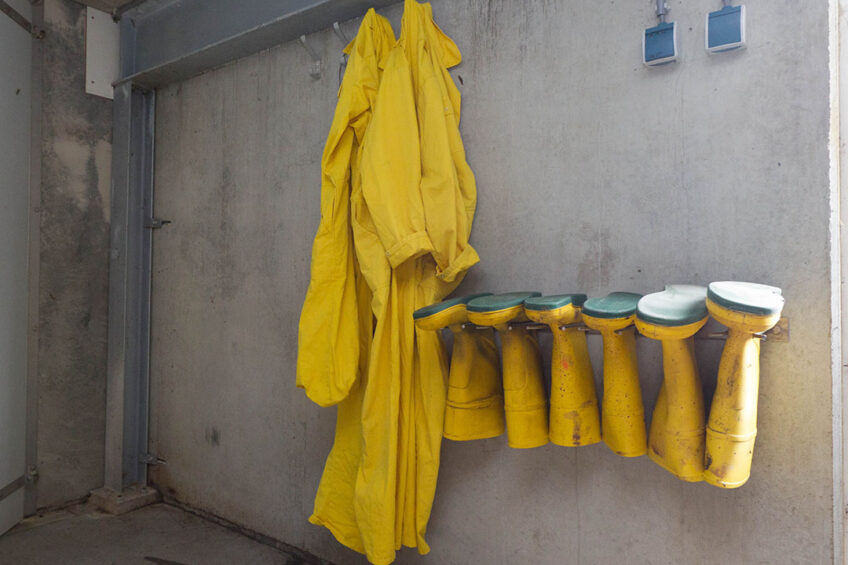
Zoonotic diseases are a significant public health concern and an occupational risk for farm workers who are in regular contact with dairy cattle. In addition, increased zoonotic infections decrease dairy farm labour force productivity. Therefore, it is essential from a public health and economic perspective to reduce the emergence and transmission of zoonotic diseases by using effective biosecurity measures.
According to the World Health Organization and the Food and Agriculture Organization, biosecurity is “the sum of management and physical measures designed to reduce the risk of the introduction, development and spread of diseases to, from and within animal population or an establishment, zone, compartment, means of transport or any other facilities, premises or location”.
Biosecurity in dairy production systems represents the basis of disease control measures against endemic and exotic diseases and is divided into 5 areas:
- Bio-exclusion includes measures that prevent the introduction of a pathogen to a farm
- Bio-compartmentalisation includes measures that prevent the spread of a pathogen within the farm
- Bio-containment includes measures that prevent the spread of the pathogen to other farms or premises
- Bio-prevention includes measures that prevent the spread of zoonotic pathogens to humans
- Bio-preservation includes measures that prevent environmental contamination.
Dairy biosecurity measures
Employees and visitors
Employees and visitors may contribute to the propagation of zoonotic infectious agents on a dairy farm. Effective interventions to reduce bacterial count and stop pathogen spread in dairy farms are providing on-farm laundry facilities, using clean overalls during farm visits, offering disposable clean booties for visitors, cleaning boots with disinfectant at the end of the visit, and washing hands before and after working with sick or young animals. In addition, wearing latex gloves while milking decreases the transmission of contagious mastitis pathogens.
Studies have shown that farm workers who always wear gloves while assisting with birth or presumed abortion are less likely to have Coxiella burnetii, the causative agent of Q fever, compared to those who are partially or non-compliant with gloves usage.
Furthermore, farm workers who always change their clothes after assisting with birth, and professional farm visitors who wear boots and clothes have lower odds of Coxiella burnetii infection. Using respiratory mask and eye protection significantly modifies the impact of touching the face with potentially infectious material such as blood.
It is recommended to set up regular training regarding the principles of hygiene and disease security for farm personnel. Visitor access must be limited, and the barn doors should be locked with a warning sign to keep out unauthorised personnel.
Equipment biosecurity
All equipment used on-farm need to be regularly cleaned and disinfected to prevent pathogen transmission between stalls and farms. Feeding equipment and tools are required to be stored in storage containers to protect them from diseases, pests or weeds. In addition, the equipment used for manure disposal must not be used for transporting or delivering feed.
Vehicle biosecurity
Vehicles that are used to collect milk; to transport calves and carcasses; or to deliver feedstuffs, pharmaceuticals and semen can transfer robust pathogenic agents from farm to farm. Therefore, both the exterior and the interior of the vehicles must be cleaned and disinfected before and after use to prevent the introduction of infectious agents. A designated area at the entrance of the farm and away from animal barns must be provided for visitors’ vehicles.
Buildings biosecurity
Buildings should have a well-established destination that correlates with the categories of animals present on the farm; this is important to prevent the spread of pathogens to cows and newborn calves. Installing fences around the buildings secures dairy farms against domestic and wild animals.
Other important biosecurity measures are having disinfectant footbaths at the entry of dairy cow housing and having a quarantine facility in the farthest possible place on the dairy farm to observe the health status of newly purchased cows before they join the rest of the herd.
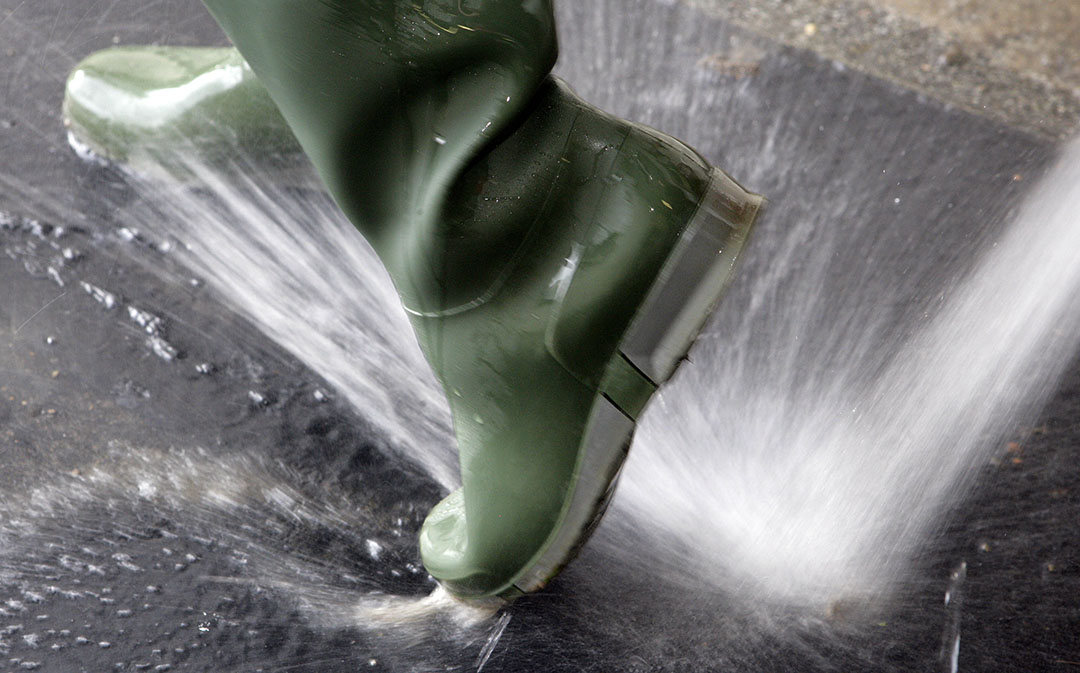
Animal biosecurity
The introduction of new cattle is considered a biosecurity risk for dairy farms. Thus, new animals must be purchased from herds with known health status and known vaccination protocols, and they must be hosted in a quarantine facility with trained personnel for a month or longer to prevent the transmission of infectious diseases.
During the quarantine period, new animals will be tested for various diseases such as bovine tuberculosis, Johne’s disease, brucellosis, leptospirosis, salmonellosis, campylobacteriosis, leucosis, bovine viral diarrhoea, infectious bovine rhinotracheitis, trichomoniasis, neosporosis, ringworm, liver fluke, lungworm, digital dermatitis and contagious mastitis pathogens.
Vaccination is another important biosecurity tool to protect dairy cows from common infectious agents such as bovine viral diarrhoea virus, infectious bovine rhinotracheitis virus, parainfluenza-3 virus, bovine respiratory syncytial virus, leptospirosis and clostridial infections. However, dairy farm vaccination programmes are affected by age and category of production, disease history, housing, type of vaccine, and costs.
In addition, to decrease the risk of pathogen transmission in farm animals, dead animals should be disposed of in the shortest time based on the national regulations and farm’s possibilities. Furthermore, mortality pick-up by rendering trucks should be located away from the stable, feed storage bin and silo.
Feed and water biosecurity
Water and feedstuff batch or lot needs to be tested regularly for bacteria, toxins, moulds and mycotoxins. Food storage areas need to be inaccessible to avoid feedstuffs contamination through faecal material and urine from rodents, birds, dogs, cats and other wildlife. Frequent storage area cleaning; removal and disposal of remaining feed within 24 hours; rotation of feed inventory; and periodic checking of silos, bins and bunks reduce the risk of feedstuff contamination.
Essential measures to reduce the risk of water contamination are restricting access by birds and wildlife to farm water sources, filtration and chemical sterilisation of water, regular testing of water quality and potability, and cleaning waterers once a week.
Manure biosecurity
Manure produced in dairy production systems is a biological risk material with a huge bacterial load that must be stored in an area inaccessible to dairy cows. Avoiding the use of manure equipment to handle feed, frequent manure removal to prevent pest life cycle completion, cleaning and disinfecting manure spreaders and slurry handling equipment, and manure run-off or transfer from adults to calves are required to reduce the risk of spreading infection from manure to dairy cows.
Conclusion
On-farm biosecurity program development and implementation improve dairy cattle health, welfare and productivity. Biosecurity measures need to be flexible and appropriate for the type of production system, local circumstances and technical developments. Further research is required to identify effective critical control points to prevent the introduction and spread of infectious agents.
Join 13,000+ subscribers
Subscribe to our newsletter to stay updated about all the need-to-know content in the dairy sector, two times a week.



